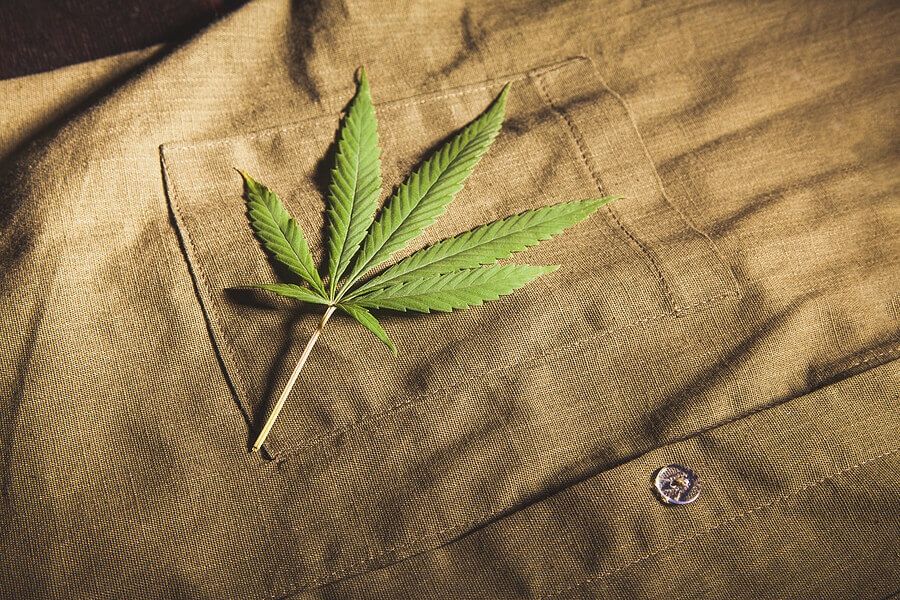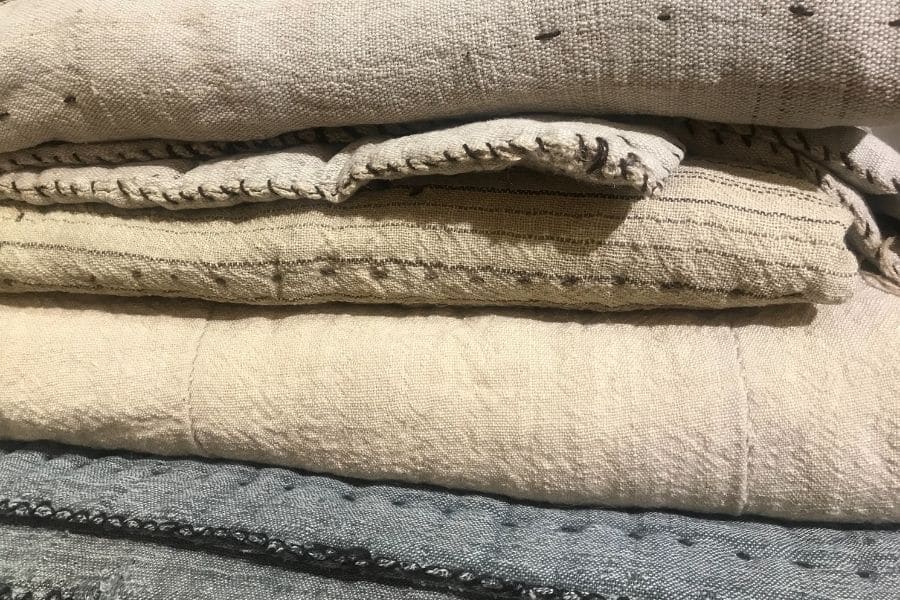Top Ideas For Selecting Hemp Clothing
Wiki Article
What Are The Environmental Advantages Of Hemp Clothing Made From Low-Impact Fibres?
Clothing made from low-impact hemp fiber offers a variety of environmental advantages compared to other clothing materials. This includes clothing that is made with synthetic fibers or conventional cotton. Here are some of the important environmental benefits of hemp clothing. Sustainable FarmingThe hemp crop is sustainable. Hemp is a very eco-friendly crop. It is very fast growing and needs less water and pesticides. Hemp grows well in all kinds of soils and climates. This helps reduce the use of agricultural chemicals.
Hemp usually uses significantly less water compared with conventional cotton. Cotton is known to use a lot of water. It makes hemp clothes a more efficient option when it comes to water consumption.
Hemp is grown in most cases without the use pesticides or herbicides that are synthetic. This is less of an impact on the environment than chemical agriculture.
Hemp plantation can enhance soil health by preventing soil compaction and erosion. Hemp leaves soil well prepared for the future crops.
Hemp can be biodegraded. It degrades naturally with time and reduces the waste of textiles. Contrary to synthetic fibers such as polyester that can take hundreds or even thousands of years to degrade.
Lower Carbon Footprint Hemp fibers are created with a lower carbon footprint than synthetic materials. Additionally, hemp can capture carbon dioxide from the air as it grows, acting as a carbon sink.
Hemp clothing is known for its durability and wear-and-tear. Good quality hemp clothing can last for years. They eliminate the need for replacements, and also help to reduce waste.
Hemp plants are naturally intolerant against pests. This reduces the need for pesticides.
Hemp is an incredibly versatile material that can be used for bags, clothes, or accessories.
Regenerative Agriculture - Certain sustainable farming practices include hemp in regenerative agricultural systems which seek to improve ecosystems and improve their functioning while also producing crops. This method can have positive environmental impacts.
The process of dyeing, the transportation, and consumer behaviours all have an impact on the overall sustainability. In addition, as in any other industry, production standards and practices are subject to change. To ensure you're getting the greatest environmental benefit, look for organic hemp clothing that is sustainable and organic. Check out the top rated on the main page on hemp clothing for website examples including hemp textiles, women's all seasons hemp canvas bomber hoody jacket, hemp jacket, patagonia hemp work pants, hemp athletic wear, hemp clothing, afends jesse dress, hemp polo shirts, hemp sportswear, patagonia volley shorts and more.
What Gives Hemp Fibres Its Breathable, Moisture-Wicking, And Thermoregulatory Properties?
Hemp fibers possess unique structural and chemical properties which make them breathable, thermoregulation and moisture wicking. These properties are due to the following factors. Microstructure- Hemp fibres have a hollow, porous structure which allows air to circulate within the fibers. The inherent porosity of hemp makes it highly air-tight. When knitted or woven into fabric, this structure allows air to flow through the fabric, which promotes ventilation and prevents the trapping of moisture and heat against the skin.
Hemp fibers absorb moisture and are wicking. Hemp is hydrophilic which implies it has an incredibly strong affinity for water. Hemp fibers can remove moisture or sweat out of your body, removing the sensation of wetness. Hemp fibers can also draw the body of moisture by dispersing the moisture over large areas, which allows it to evaporate faster. This feature of wicking moisture keeps you feeling comfortable and dry during intense physical activities or hot temperatures.
Hemp fibres have natural insulation properties. They can trap the body's heat when it's cold, thereby providing warmth. If it's hot, they let the heat and moisture to escape. This aids in cooling the body. This inherent thermoregulatory ability makes hemp clothing suitable for a range of temperatures and activities.
Hemp fibres possess antimicrobial properties that help to stop the growth of bacteria causing unpleasant odors. This characteristic contributes to the freshness and odor-resistant properties of hemp clothes even during periods of physical activity.
Hemp fibres are strong, durable, and can last for a long time. Clothing made from hemp fibres will keep their breathability and moisture-wicking ability even after many washings and usage. This durability extends the lifespan of hemp garments, reducing the requirement for replacements and in turn, reduces the environmental impact.
UV Protection from UV Hemp Fibers offer natural UV protection to shield skin from harmful UV radiation. The UV blocker adds the versatility of hemp clothing, making it suitable for outdoor activities.
It is crucial to be aware since these characteristics are natural and not dependent on chemical treatments. Hemp has natural characteristics that allow it to be a comfortable and sustainable choice for clothing. Additionally, these qualities are preserved even as hemp fibers are processed to weave into textiles which makes them highly desirable for environmentally friendly and functional clothing. See the recommended hemp clothing for more advice including hemp underwear, hemp fabric, patagonia work pants hemp, afends jesse dress, hemp apparel wholesale, hemp apparel wholesale, hemp sweatpants, hemp shirts mens, hemp baja hoodie, patagonia hemp work pants and more.

What are differences between bamboo and hemp fibers?
The two fibers from plants, hemp and Bamboo are utilized in textile manufacturing and have their distinct characteristics and properties. Here are a few of the main distinctions between bamboo fiber and hemp fibre- 1. Plant Source-
Hemp- Hemp is derived from the hemp stalks. Particularly the basts on the outside. Hemp is a pliable and rapid-growing plant that was cultivated for various uses for centuries.
Bamboo fibers are made of bamboo pulp. Bamboo is a fast-growing species grass that is known for its rapid renewal and durability.
2. Fiber Characteristics-
Hemp- Hemp fibers are recognized for their strength and durability. Hemp fibers are among the strongest natural fibers that soften after washing and are therefore suitable for long-lasting textiles.
Bamboo fibers can be silky and soft. They can be more fragile and less robust than hemp fibers, but are still valued for the comfort they provide against the skin.
3. Texture-
Hemp Fabric Hemp is a fabric that has a texture and more coarse feel in its original state. While it is an incredibly comfortable fabric, the texture is different from bamboo.
Bamboo- Bamboo fabric feels soft, silky and incredibly soft. It is often described by those who wear it as feeling like a mix of silk and cotton.
4. Breathability (and moisture-wicking)-
Hemp Fibers Hemp fibers absorb moisture, are naturally air-tight. They keep you cool and dry in hot temperatures.
Bamboo fibers also have the ability to wick away moisture and are highly ventilated. Micro-gaps within the fabric increase the fabric's ability to regulate moisture and temperature, allowing you to stay at ease in all conditions.
5. Environmental Impact-
Hemp Hemp is a fiber which is considered green due to the fact that it requires minimal water, grows quickly and has a good resistance to pests. It also lowers herbicide and pesticide usage. Hemp is also able to absorb carbon through its growth process.
Bamboo- Bamboo's sustainability is well-known. It is highly durable, is fast growing and requires very little water. Some bamboos are considered sustainable, such as Moso bamboo.
6. Processing-
Hemp Fibers- Hemp fibers undergo extensive processing, which will be required to separate the bast that is outside from the inner wooden core. Processing may include retting or decortication.
Bamboo Fibers- Bamboo fibers are produced through a chemical process referred to as the viscose/rayon procedure. This involves the use of chemicals to break down bamboo fiber. Closed loop systems are employed to reduce chemical waste in some bamboo textiles.
7. Versatility-
Hemp- Hemp can be used to create a range of items, such as clothes, textiles paper and other building materials.
Bamboo Fibers Bamboo fibers have been utilized in textiles, clothing and other products.
Both hemp, and bamboo are distinct and offer sustainable advantages. It's all about what you're looking for in a material, and how environmentally conscious you are. Have a look at the top bamboo clothes for site recommendations including bamboo maternity, bamboo clothing brand, bamboo cay christmas shirts, childrens bamboo socks, bamboo yoga pants, bamboo baby pajamas, bamboo ladies clothing, bamboo bed clothes, checkered bamboo pajamas, bamboo pants ladies and more.
